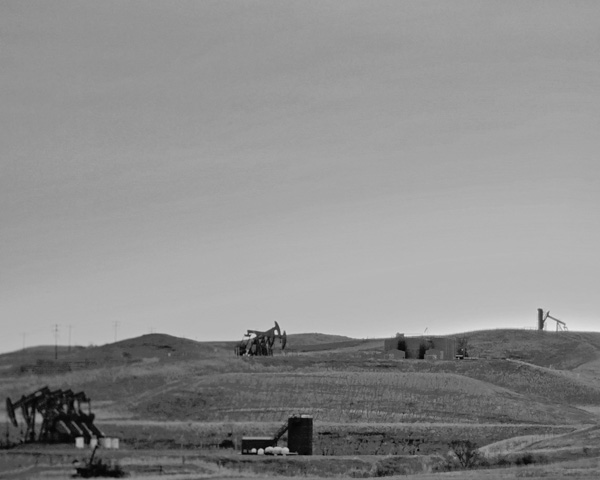CO2: North Dakota’s key to unlocking billions in Bakken oil?

M.K. French
Farmer Staff Writer
North Dakota lawmakers are urging state and federal support for carbon capture technology and enhanced oil recovery (EOR), with House Concurrent Resolution 3016 passing the Senate. The resolution highlights the potential of carbon dioxide (CO2) utilization as a key to unlocking billions of barrels of oil in the Bakken formation and providing a lifeline for the state’s coal industry.
“I would say it’s a top two or three oil resource, oil shale resource in the world,” testified Ron Ness, President of the North Dakota Petroleum Council, emphasizing the Bakken’s immense potential. However, he acknowledged the challenges in fully realizing that potential. “And yet today, nobody has really figured out how to get to that next level of technology.”
HCR 3016 seeks to address this, advocating for policies that encourage the development of carbon capture technology and the use of CO2 as a commodity for advancing energy security. Ness explained the crucial role of CO2 in EOR: “Carbon dioxide is what is going to mobilize the oil.” He elaborated on the process, stating, “But carbon dioxide can immerse itself in the oil on the rock and mobilize more oil rather than just the 15 percent.”
The resolution envisions a “win-win” scenario, where CO2 from North Dakota’s coal-fired power plants is used to enhance oil recovery in the Bakken. “We saved the coal industry because of the regulatory regime, and we harvest more oil out of the Bakken,” Ness argued. He projected the potential for a significant increase in oil production: “We think that we’re talking 3 to 7 billion barrels extra.” Ness stressed the long-term importance of EOR for the state. “But really the critical component is enhanced oil recovery, and I think we cannot lose focus of what that means to all of us in the state of North Dakota in generations and generations to come,” he stated.
However, the resolution has faced some opposition. Zachary Cassidy, Pipeline Organizer for the Dakota Resource Council (DRC), submitted written testimony expressing concerns about the technology’s impacts. “The use of carbon for EOR is new technology, and at the very least we should wait until we know more before we create resolutions that ask for investment in technology we don’t know the impacts of,” Cassidy wrote.
The DRC also raised questions about the safety of transporting CO2. “The ability of the industry to transport C02 safely is currently under question, including by engineers, geologists, and other professionals,” Cassidy stated. They argued that there is time to learn more about the technology’s impacts, given that the widespread need for EOR in North Dakota is still years away.
Despite some opposition, HCR 3016 has garnered support from lawmakers who see it as a crucial step towards maximizing the state’s energy resources. The resolution’s passage in the Senate indicates a strong interest in exploring the potential of CO2 utilization for both the oil and coal industries in North Dakota.
Visit www.watfordcitynd.com and subscribe to the McKenzie County Farmer today!
